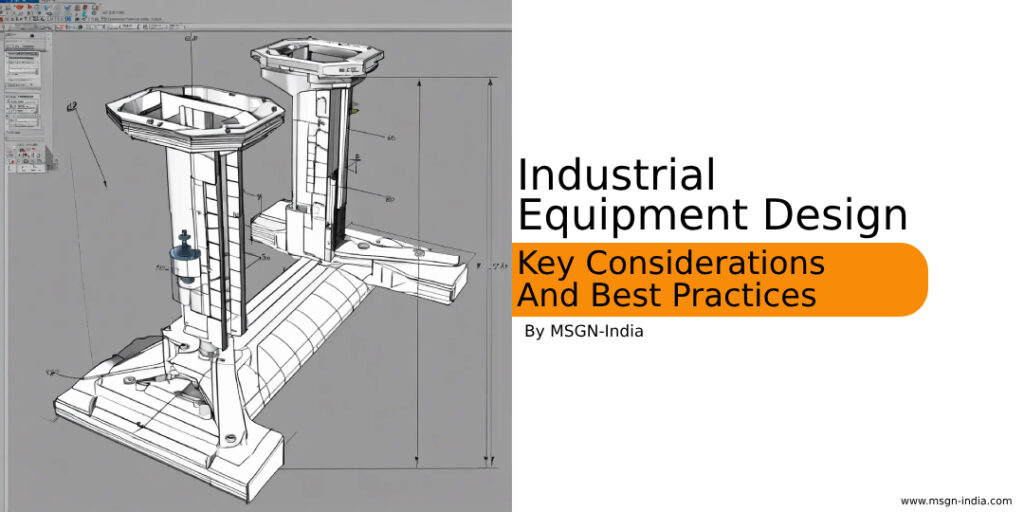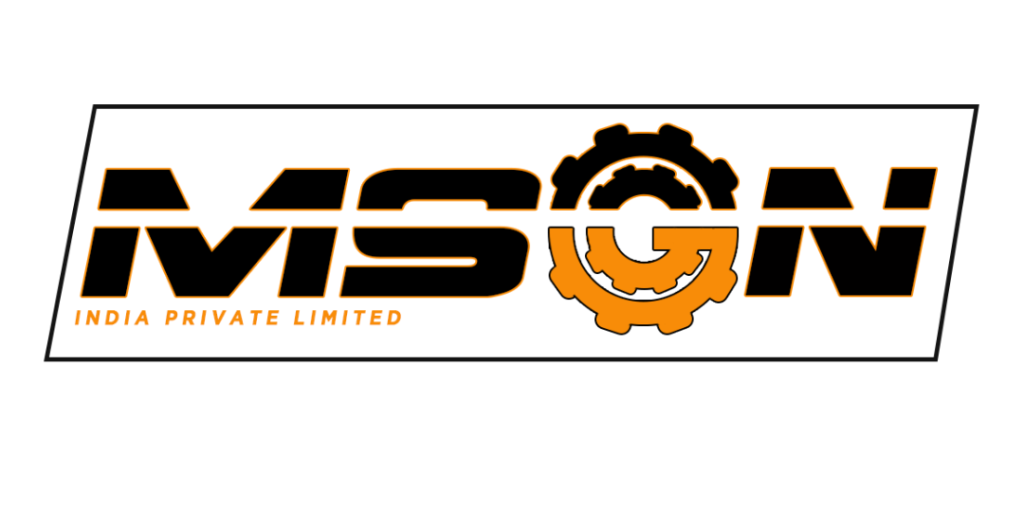
Important Practices For Better Industrial Equipment Design
In today’s fast-paced industrial landscape, the design of efficient and reliable equipment plays a crucial role in ensuring productivity, safety, and profitability. Whether it’s heavy machinery for manufacturing or specialized equipment for specific industrial processes, effective design is essential for meeting production goals and maintaining a competitive edge. In this article we will see the industrial equipment design, the key considerations and the best practices.
In this comprehensive guide, we’ll explore the key considerations and best practices in industrial equipment design to help you create innovative and reliable solutions for your industrial needs.
Table of content
Understanding Industrial Equipment Design |
Key Considerations in Industrial Equipment Design |
Best Practices in Industrial Equipment Design |
Understanding Industrial Equipment Design
Industrial equipment design involves the process of conceptualizing, engineering, and developing machinery and equipment tailored to meet the unique requirements of industrial applications. From the initial design phase to prototype development and final production in the field of manufacturing services, every step in the process requires careful planning, analysis, and implementation to ensure optimal performance and functionality.
Key Considerations in Industrial Equipment Design:
Functionality and Performance:
The primary consideration in industrial equipment design is ensuring that the equipment performs its intended functions efficiently and effectively. This involves understanding the specific requirements of the industrial process and designing equipment that can meet or exceed performance expectations.
Safety and Compliance:
Safety is paramount in industrial environments, and equipment design must prioritize the safety of operators, maintenance personnel, and bystanders. Compliance with industry standards and regulations is essential to ensure that equipment meets safety requirements and mitigates potential risks.
Durability and Reliability:
Industrial equipment is subjected to harsh operating conditions, including heavy loads, high temperatures, and exposure to contaminants. Designing equipment with durable materials, robust construction, and reliable components is essential to ensure long-term performance and minimize downtime.
Ease of Maintenance and Serviceability:
Maintenance is a critical aspect of industrial equipment operation, and design should facilitate easy access for routine maintenance tasks, repairs, and component replacement. Incorporating features such as accessible service points, modular components, and diagnostic systems can streamline maintenance procedures and reduce downtime.
Scalability and Flexibility:
Industrial processes may evolve over time, requiring equipment that can adapt to changing requirements and production demands. Designing equipment with scalability and flexibility in mind allows for future expansion, modifications, and upgrades without significant disruption to operations.
Best Practices in Industrial Equipment Design:
Collaborative Design Process:
Engage stakeholders from various departments, including engineering, operations, maintenance, and safety. In the design process to ensure that all requirements and concerns are addressed comprehensively.
Prototype Testing and Validation:
Conduct thorough testing and validation of equipment prototypes to identify potential issues. Validate performance parameters, and verify compliance with specifications before final production.
Integration of Smart Technologies:
Incorporate sensors, actuators, IoT connectivity. And data analytics capabilities into equipment design to enable real-time monitoring, predictive maintenance, and performance optimization.
Lifecycle Cost Analysis:
Consider the total lifecycle cost of equipment, including acquisition, operation, maintenance, and disposal, to make informed decisions about design features, materials, and components that offer the best long-term value.
Continuous Improvement:
Implement a process of continuous improvement to gather feedback from users, monitor equipment performance. And identify opportunities for enhancement and optimization throughout the equipment life-cycle.
Conclusion
In summary, industrial equipment design is a complex and multifaceted process that requires careful consideration of various factors. Including functionality, safety, reliability, maintenance, scalability, and flexibility.
By adhering to key considerations and best practices, designers can create innovative. And reliable equipment solutions that meet the evolving needs of industrial applications.
At MSGN-India, we are committed to delivering excellence in industrial equipment design, leveraging our expertise, experience. Our dedication to help our clients achieve their operational goals and drive success in today’s competitive industrial landscape.
